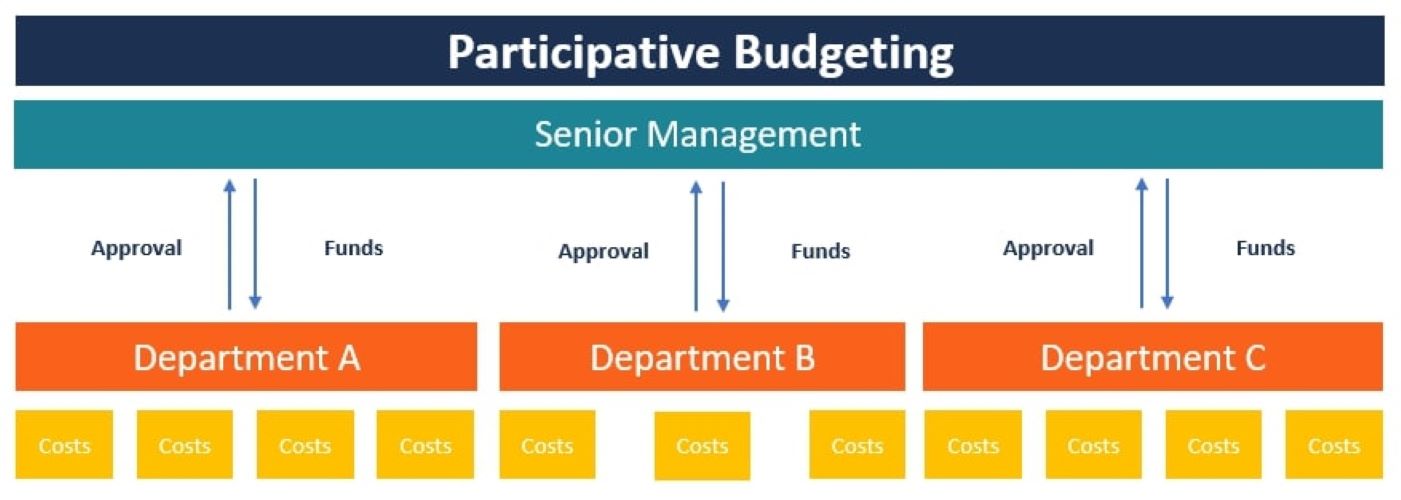Home>Finance>Direct Participation Program (DPP): Definition And Requirements


Finance
Direct Participation Program (DPP): Definition And Requirements
Published: November 11, 2023
Learn the definition and requirements of Direct Participation Programs (DPP) in finance. Explore the benefits and how to participate in this investment opportunity.
(Many of the links in this article redirect to a specific reviewed product. Your purchase of these products through affiliate links helps to generate commission for LiveWell, at no extra cost. Learn more)
Are you interested in exploring investment opportunities? Perhaps you’ve come across the term Direct Participation Program (DPP) and wanted to know more about it. Well, you’re in luck! In this blog post, we’ll dive into the world of DPPs, explaining their definition and requirements.
Key Takeaways:
- A Direct Participation Program (DPP) is an investment program that allows individuals to participate in specific business ventures or projects.
- DPPs offer investors the opportunity to invest in industries such as real estate, energy, oil and gas, or even film production.
So, what exactly is a Direct Participation Program? In simple terms, a DPP is an investment vehicle that allows individuals to directly invest in specific business ventures or projects. Unlike traditional stocks or bonds, where you have limited control over the investment, DPPs provide you with the chance to participate actively.
DPPs can cover a wide range of industries, including real estate, energy, oil and gas, or even film production. This diversity means that there is often a DPP that aligns with your investment goals and preferences.
Now, let’s take a closer look at the requirements for investing in a DPP:
1. Accredited Investor Status:
Becoming an accredited investor is a common requirement for participating in a DPP. To qualify as an accredited investor, individuals must meet specific income or net worth criteria, as specified by the Securities and Exchange Commission (SEC).
Meeting the accredited investor status is designed to ensure that investors have a certain level of financial sophistication and can bear the potential risks associated with DPP investments.
2. Minimum Investment:
Each DPP will have its own minimum investment requirement, which can vary widely. Some DPPs may have a minimum investment as low as a few thousand dollars, while others may require a more substantial initial investment.
It’s important to carefully consider your financial situation and investment goals before committing to a DPP.
3. Risk Assessment:
Like any investment, DPPs come with inherent risks. Before investing in a DPP, it’s crucial to perform a thorough risk assessment and understand the potential drawbacks.
Research and analyze the industry in which the DPP operates and evaluate the specific risks associated with the project or venture. This will help you make an informed decision and assess whether the potential returns outweigh the risks involved.
4. Comprehensive Due Diligence:
Due diligence goes hand in hand with risk assessment. When considering a DPP investment, conduct in-depth due diligence to ensure that you fully understand the terms and conditions of the investment.
Review the DPP’s prospectus, financial statements, and any other relevant documentation. If necessary, seek professional advice from financial advisors or legal experts to gain a comprehensive understanding of the investment opportunity.
Investing in a Direct Participation Program can be an exciting opportunity to diversify your investment portfolio and actively participate in specific business ventures. However, it’s essential to carefully consider the requirements and potential risks before committing your funds.
Remember, DPPs often require accredited investor status, have minimum investment requirements, come with inherent risks, and require thorough due diligence. By approaching DPP investments with the right knowledge and precautions, you can maximize your chances of achieving your financial goals.














